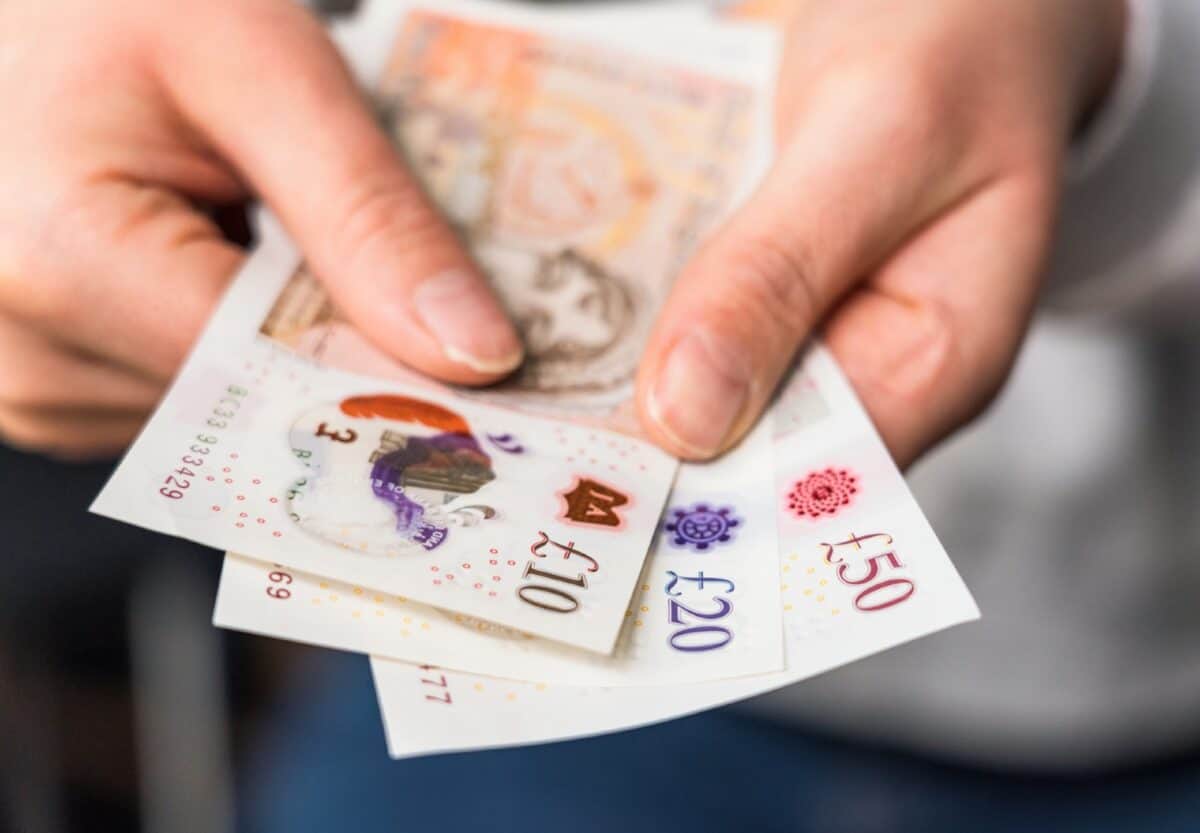It is becoming increasingly important to bolster one’s financial security, I’d argue. The cost of energy, food, and basic goods continues to rise. So a tax-free second income stream would certainly come in handy.
The good news is that this has never been easier to achieve in the stock market. Investing apps that don’t impose trading fees means I can get the ball rolling with as little as a couple of hundred quid.
Given this, a £10k lump sum is actually a large sum and more than most start out with in an ISA. And left alone, it could even produce decent returns without me contributing any more cash.
Please note that tax treatment depends on the individual circumstances of each client and may be subject to change in future. The content in this article is provided for information purposes only. It is not intended to be, neither does it constitute, any form of tax advice. Readers are responsible for carrying out their own due diligence and for obtaining professional advice before making any investment decisions.
Getting compound interest to work the right way
However, I wouldn’t leave the 10 grand alone. I’d instead supercharge the wealth-building process through buying stocks every month, come rain or shine.
Doing so would really fire up the affects of compounding. That is, interest earned upon interest, which is the fuel for wealth creation.
Compound interest can also be the foundation for wealth destruction too, as anyone who runs up huge credit card debt quickly realises.
Building up passive income
The amount of income generated will depend on the dividend yields of the stocks that I select.
Fortunately, the London Stock Exchange is the place to be today for high yields. Dozens of UK shares are carrying yields in excess of 6%.
So, let’s say I build a stock portfolio that collectively yields 6% every year, as well as generating 2% share price appreciation. That would give me an 8% average annual return.
If I was able to invest £800 a month on top of my original sum, I’d end up with £301,939 after just 15 years. Or an incredible £502,032 after 20 years.
Caveats
Now, this assumes I reinvest my cash dividends to buy more shares instead of spending them.
And it also assumes a steady 8% return every year, which isn’t how the stock market works (unfortunately). It goes up and down and dividends can be cut as well as increased.
However, 8% is the ballpark average total return for UK stocks over the long run. Therefore, I think it is realistic to aim for this, and potentially more as my skill level and experience increases over time.
A monopoly dividend stock I like
One steady income stock I hold in my portfolio is National Grid (LSE: NG.). It operates critical infrastructure for electricity transmission and gas distribution in the UK and northeastern US.
It primarily generates revenue by charging fees for the use of this infrastructure, including transmission lines and substations.
This gives the regulated company a natural monopoly status, which is perfect for predictable cash flows. And this translates into reliable dividends.
The dividend yield currently stands at 5.4%.
Naturally, there are risks here. One is the utility giant’s debt pile, which is growing as it invests billons in decarbonising the UK’s transmission network. This could put pressure on dividend increases in future.
Overall though, I prize the steady payouts that National Grid provides. And I reckon it is a solid FTSE 100 starter stock.
A £502,032 portfolio of such dividend shares yielding 6% would pay me a second income of £30,121.








